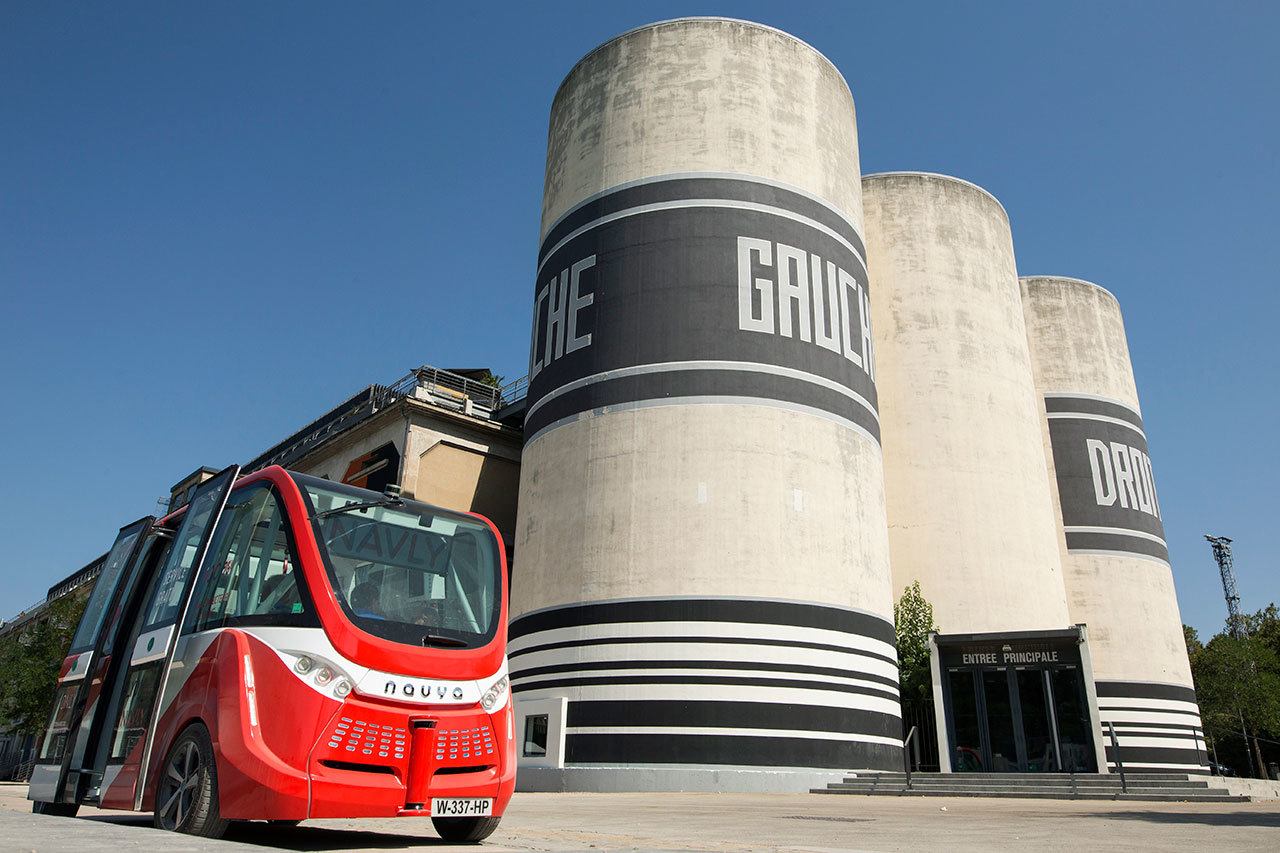By The Herald Editorial Board
Some of us may have given up hope of ever seeing the flying cars we were promised we’d see in The Future, but it appears that robot chauffeurs are just days away from driving the streets.
Uber, the app-based ride service that operates throughout the U.S. and the world, announced last month that it would begin testing self-driving cars in Pittsburgh, modified Volvo XC90 SUVs, for passengers who request a ride. In a nod to the test fleet’s experimental nature, a human “monitor” will sit behind the wheel to take over if needed, and passengers will have to agree to accept a ride from a robot.
While Google and others have been working on autonomous vehicles for years, Uber jump-started its foray in to the future by acquiring a start-up firm with former Google and Carnegie Mellon engineers focused on developing self-driving technology, the New York Times reported.
Ford also is working on driverless vehicles; its CEO announced on Monday that it intends to sell self-driving taxis to ride-hailing services by 2021 and could offer sales to the public later that decade.
And a driverless electric shuttle is being tested in Lyon, France.
The quick development of the technology requires discussions not just about traffic safety and the trust we put in automation but also about what the roll-out of progress means for the jobs that will be available to ourselves and our children.
Uber’s interest in self-driving cars is easy to compute. In Seattle and elsewhere, the drivers that Uber, Lyft and other services employ as contractors are working to unionize. Seattle’s city council has allowed for a unionization vote, though the process has gotten bogged down as city officials debate who among the drivers, full time or part time, should be allowed to join.
The computation for Uber is simple: Self-driving cars don’t draw a paycheck, don’t need sick leave or health and retirement benefits and don’t join unions.
Advances in technology have increased production and changed the realities of the shop floor for many workers already. Automation won’t stop with the driver’s seat. A 2015 survey of 2,500 executives across the globe by business adviser Grant Thorton found that 56 percent of firms were automating processes or planned to do so within the year. More than a third of companies in major sectors, said they expected automation to replace at least 5 percent of their workforce.
Public acceptance of driverless vehicles, from compact cars up to tractor-trailers, also will depend on our trust in the technology.
Recent accidents involving Tesla vehicles, already sold to the public with “autopilot” technology, might be a drag on that trust. Although a little context points to human error and too much trust in a technology that’s meant to assist drivers, not take full responsibility for driving duties.
In May, a Tesla driver in Florida died when his Model S, with the autopilot technology switched on, struck a tractor trailer headed in the opposite direction that had turned left in front of it. Neither the car, nor the driver, apparently “saw” the white trailer in the bright daylight; the Tesla went beneath the trailer and off the road, striking a tree and killing the driver.
The autopilot package is sold as “beta” test technology to the public, and Tesla owners have to acknowledge before driving that the autopilot is on. Drivers must keep their hands on the steering wheel at all times, and the car monitors the wheel to make sure the driver is complying.
A more recent accident in China involved a Tesla that sideswiped a parked car; the driver admitted his hands weren’t on the wheel.
Human drivers, of course, don’t have a stellar driving record. About 33,000 people die in automobile accidents in the U.S. each year, and the U.S. Motor Vehicle Crash Causation Survey found that 94 percent of accidents are caused by driver error.
Self-driving vehicles do have the advantage of not being tempted to answer a text while driving, talk on a cellphone or drive while impaired.
As with all technology, public acceptance will take time. As engineers develop better algorithms and sensing technology that improves safety, that acceptance should grow.
But driverless vehicles will be on the road sooner than we might have expected. We can choose whether we’re ready to accept a ride from a robot chauffeur, but companies like Uber, Ford and Google are deciding when and how we’ll see them with us on the road.
Talk to us
> Give us your news tips.
> Send us a letter to the editor.
> More Herald contact information.

























